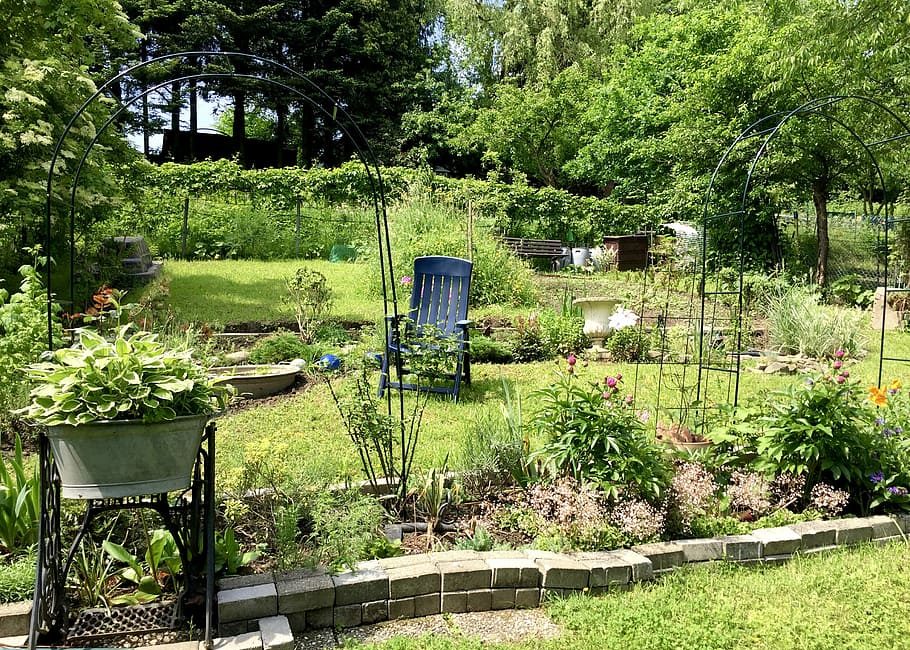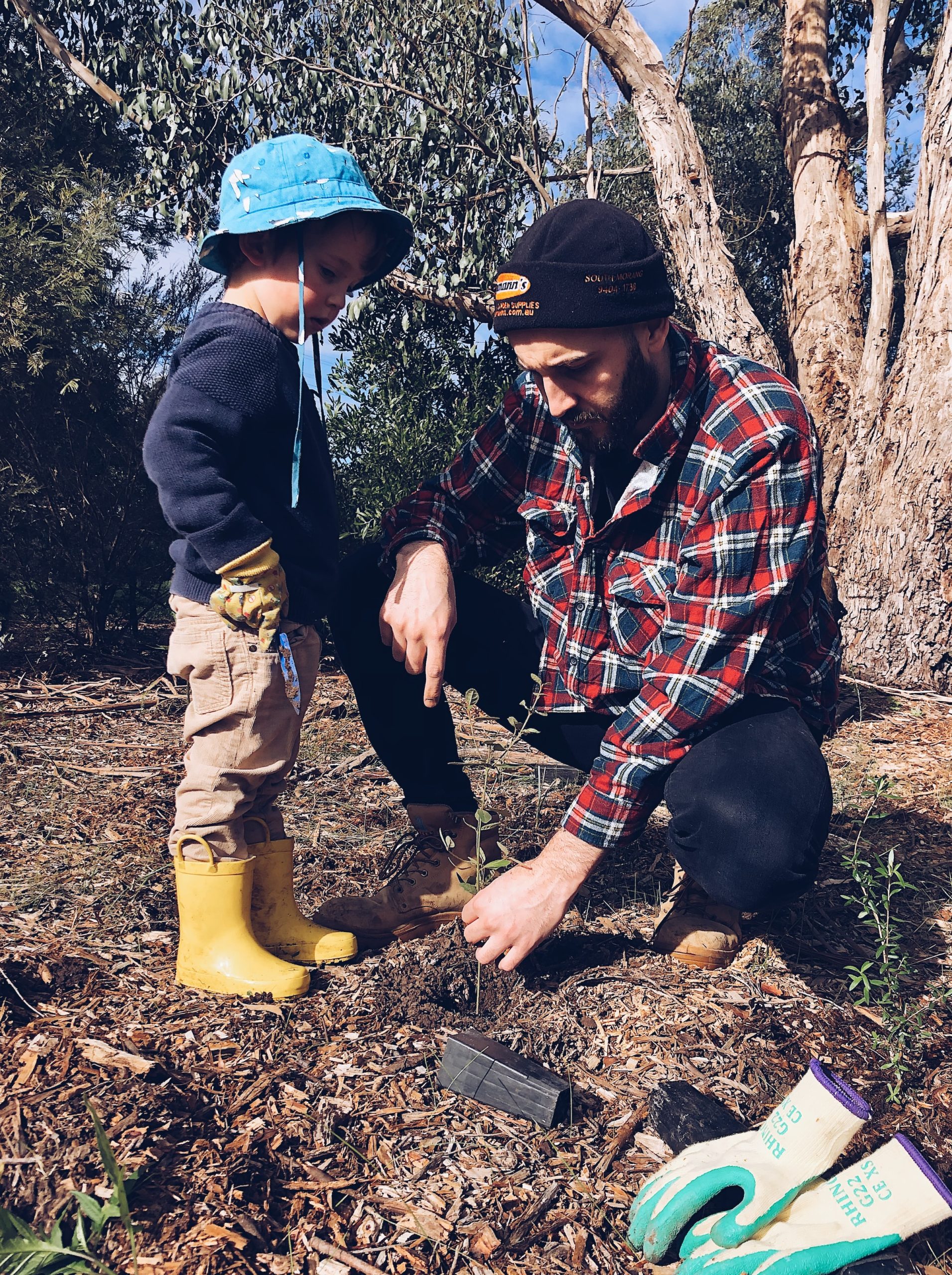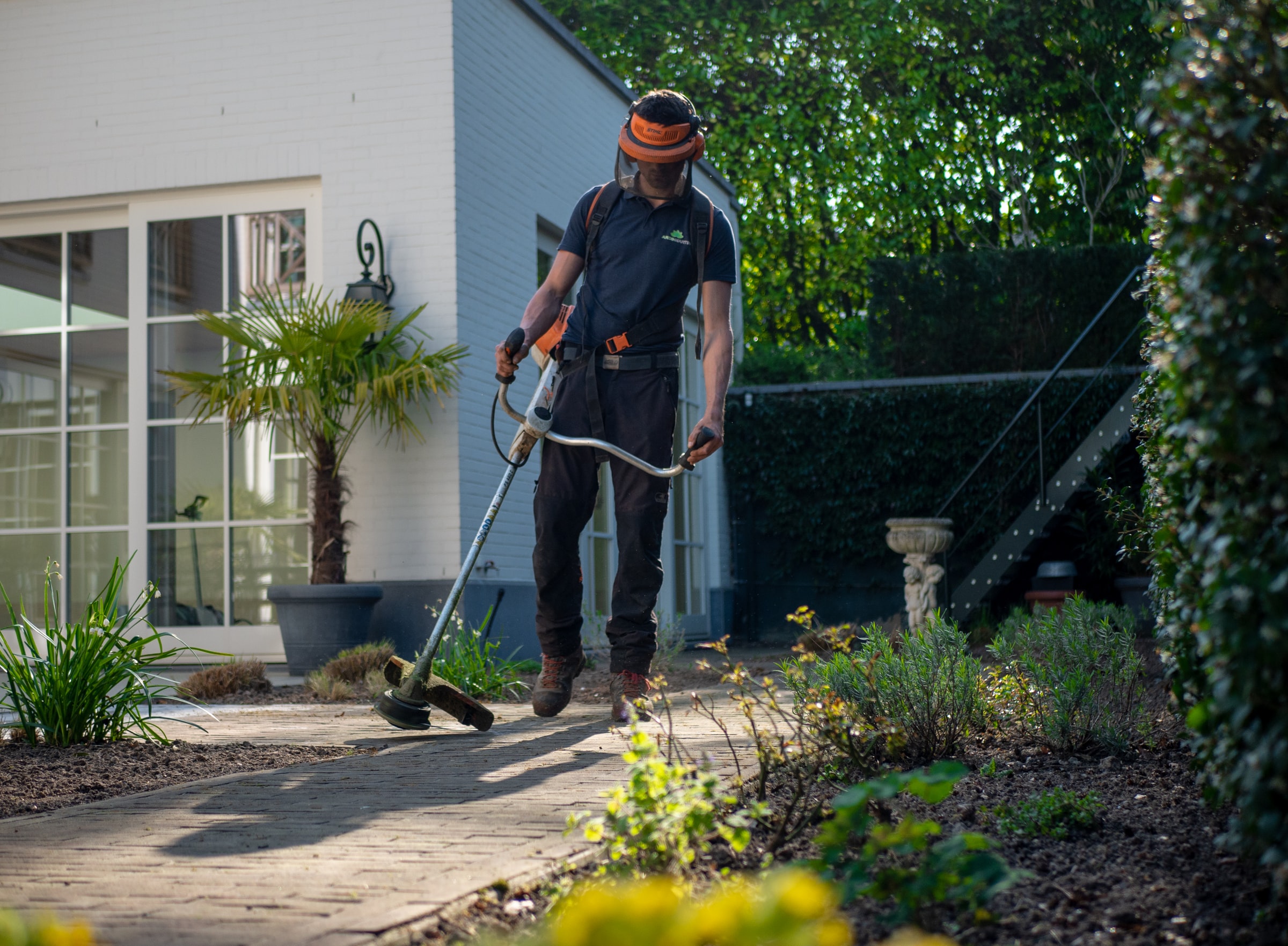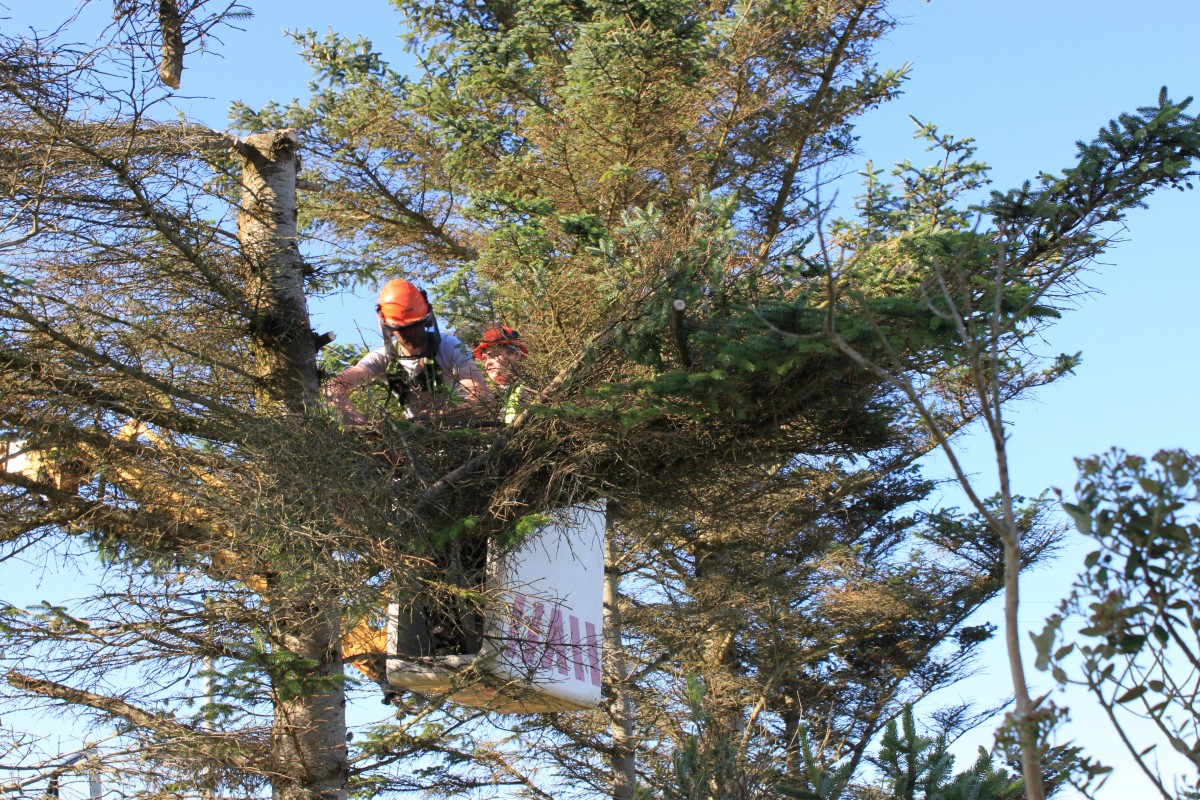Levelling a plot of land is a crucial step in gardening and landscaping. Whether you’re preparing for a new lawn, garden, or outdoor structure, a flat and even surface is essential. In this comprehensive guide, we’ll walk you through the steps and techniques for levelling your land, ensuring a successful start to your outdoor project.
Assessing the Terrain
Before you start levelling your land, it’s vital to assess the terrain and identify any potential challenges:
Survey the Area
Begin by examining the entire area and noting any slopes, depressions, or high spots. Understanding the natural contours of the land is essential. This initial survey helps you visualize how your landscaping project will fit into the existing landscape and how it will affect water flow.
Drainage Considerations
Assess the drainage patterns on your property. Proper drainage is crucial to prevent water from pooling or flowing toward structures. Plan for proper grading to direct water away from your home’s foundation. This step can help prevent water damage and erosion over time.
Gathering the Right Tools and Materials
To level your land effectively, you’ll need the following tools and materials:
- Shovel: For digging and moving soil. A sturdy shovel is essential for removing excess soil or filling in depressions.
- Rake: To spread and level soil. A landscape rake with a flat edge is particularly useful for smoothing the surface.
- Lawn Roller: Ideal for compacting soil. Rolling the soil after levelling ensures a stable and even surface.
- String Line and Stakes: Useful for creating level guides. These guides are essential for achieving a consistent grade.
- Measuring Tape: To ensure accuracy. Measure the height and slope of your land as you progress.
- Topsoil or Fill Dirt: Depending on the needs of your land. Topsoil is essential for creating a fertile layer for your garden or lawn, while fill dirt can be used to level depressions.
The Levelling Process
Mark the Desired Height
Begin by determining the desired level for your land. This may involve marking a specific height or slope based on your project’s requirements. Consider the purpose of the land—whether it’s for a flat lawn, a slightly sloped garden, or a terrace.
Remove or Fill
-
Remove excess soil from high spots to bring them down to the desired level. This step may involve significant excavation or grading to achieve the right slope.
-
Fill in depressions with topsoil or fill dirt, tamping it down as you go to create a stable surface. Proper compaction is crucial to prevent settling.
Create Level Guides
Use string lines and stakes to create level guides. These guides will help you ensure that your land is even and properly sloped if necessary. Make sure the strings are level, and the guides are placed according to your project’s design.
Spread and Level
Spread topsoil or fill dirt evenly across the entire area. Use a rake to distribute the soil, and a lawn roller to compact it for stability. Pay close attention to maintaining an even layer of topsoil or fill dirt to achieve a uniform surface.
Check for Level
Regularly check the level by using a measuring tape or other levelling tools. Make adjustments as needed to achieve the desired result. Pay attention to every section of your land, ensuring it aligns with the level guides you established.
Seed or Sod
Once your land is levelled, you can proceed with seeding or sodding, depending on your landscaping plans. Follow the specific instructions for your chosen method. Be sure to keep the surface well-watered during the establishment phase to promote healthy growth.
Maintaining Your Levelled Land
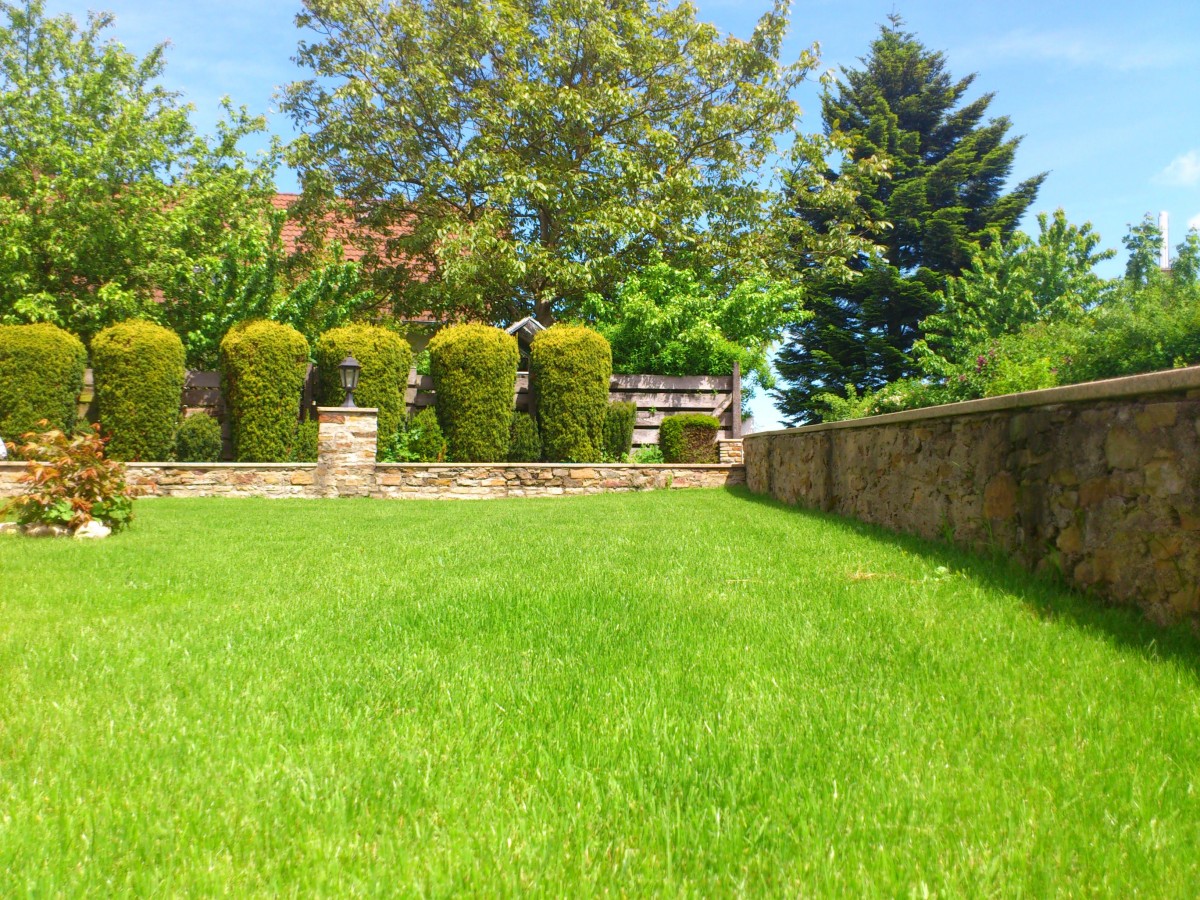
After levelling your land, proper maintenance is key to its long-term success:
-
Regularly inspect for settling, erosion, or drainage issues, and address them promptly. Address any signs of settling by adding more topsoil or fill dirt.
-
Keep an eye on the overall health of your lawn or garden to ensure it thrives on the newly levelled surface. Regular mowing, weeding, and fertilizing are essential for ongoing maintenance.
Common Challenges and Solutions
Erosion
If you notice erosion occurring on your levelled land, consider installing erosion control measures such as grass, ground covers, or retaining walls. These elements can help stabilize the soil and prevent further erosion.
Settling
Settling can happen over time as the soil compacts. To address it, add additional topsoil or fill dirt as needed to maintain the desired level. Regularly inspect your land and make necessary adjustments to ensure it remains level and even.
Enjoy Your Levelled Land
Levelling your land is a fundamental step in achieving a beautiful and functional outdoor space. Whether you’re creating a lush garden or a smooth lawn, following these steps and taking the time to assess and maintain your land will lead to a successful landscaping project. Enjoy your levelled land, and reap the rewards of a well-prepared outdoor environment.

